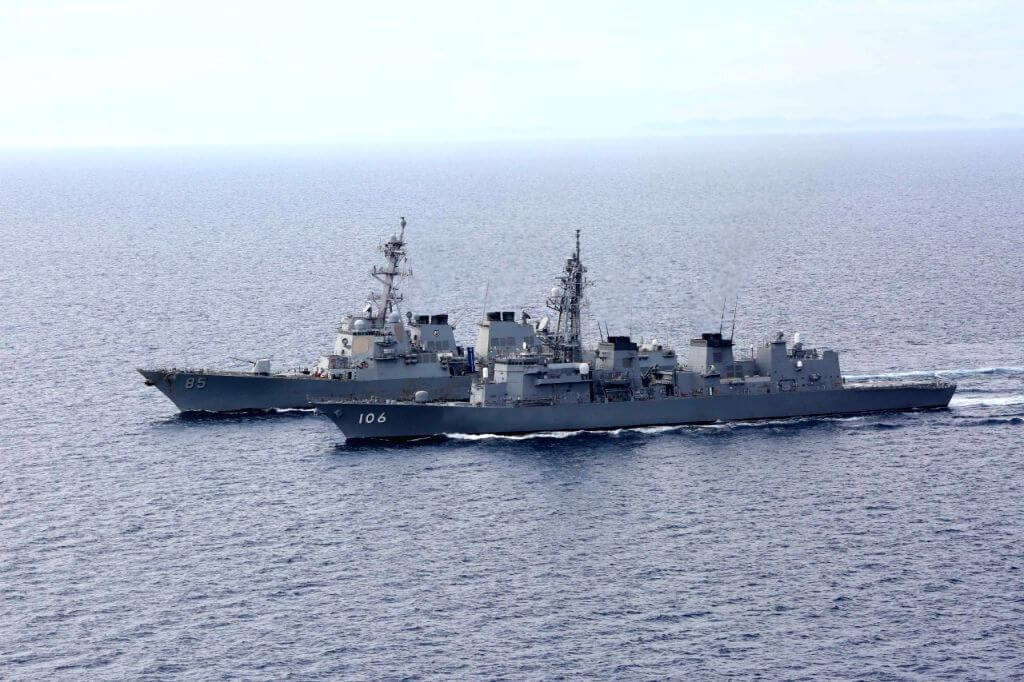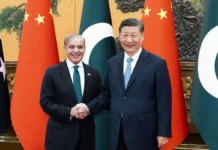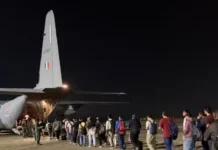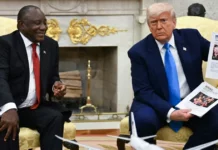NEW DELHI: The ‘Quad’ countries — an informal security forum comprising India, the US, Japan and Australia — are all set for annual naval drill Malabar Exercise in the Indian Ocean Region beginning Tuesday. In a message to China on getting a wider footprint in the Indo-Pacific region, India had invited Australia to take part in the drill to which it has agreed.
“The 24th edition of the Malabar naval exercise is scheduled in two phases in November 2020,” said Indian Navy spokesperson Commander Vivek Madhwal.
The officer said that Phase 1 of the exercise involving participation by the Indian Navy, United States Navy, Japan Maritime Self Defence Force, and Royal Australian Navy is set to be held off Visakhapatnam in the Bay of Bengal from November 3 to November 6.
Phase two of the drill is scheduled to be conducted in the Arabian Sea in mid-November 2020. The Malabar series of maritime exercises commenced in 1992 as a bilateral between the Indian and US navies. Japan joined in 2015. The 2020 edition will now witness the participation of Australia in this joint maritime exercise.
Phase one will witness the participation of Indian Navy units with USS John S McCain (Guided-missile destroyer), Australian Ship Ballarat (long range frigate) with a MH-60 helicopter, and Japan Maritime Self Defence Ship Onami (Destroyer) with a SH-60 helicopter.
The Indian Navy participation in phase one will be led by Rear Admiral Sanjay Vatsayan, Flag Officer Commanding, Eastern Fleet. Indian Navy units participating in the exercise include destroyer Ranvijay, frigate Shivalik, Off Shore Patrol Vessel Sukanya, Fleet Support Ship Shakti and submarine Sindhuraj.
In addition, Advanced Jet Trainer Hawk, long-range maritime patrol aircraft P-8I, Dornier maritime patrol aircraft, and helicopters will also be participating in the exercise.
The exercise, being conducted as a “non-contact, at sea only” exercise in view of the COVID-19 pandemic, will showcase the high-levels of synergy and coordination between the friendly navies, which is based on their shared values and commitment to an open, inclusive Indo-Pacific and a rules-based international order.
Phase one would witness complex and advanced naval exercises including surface, anti-submarine and anti-air warfare operations, cross deck flying, seamanship evolutions and weapon firing exercises.






